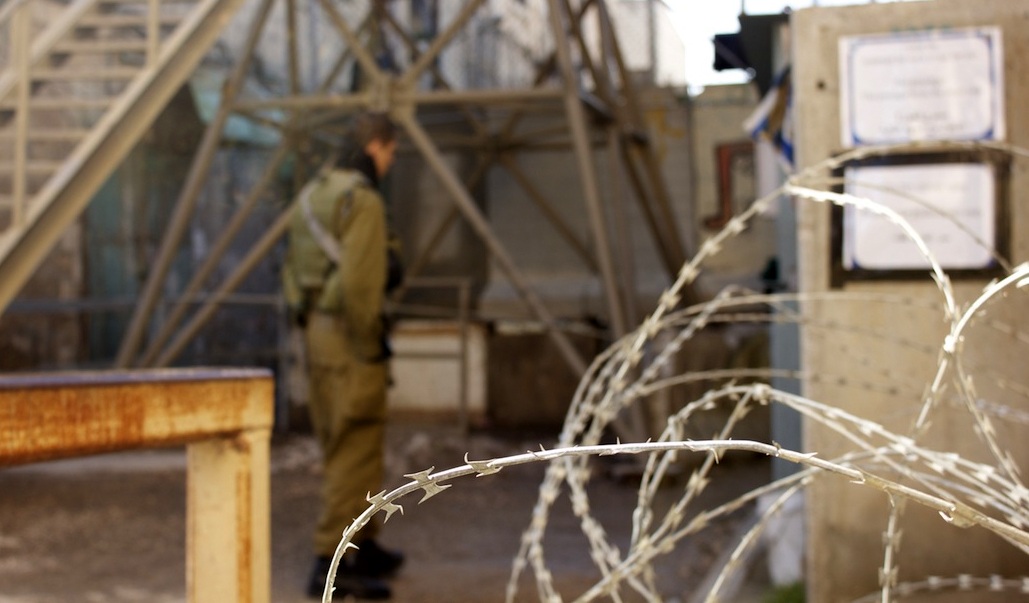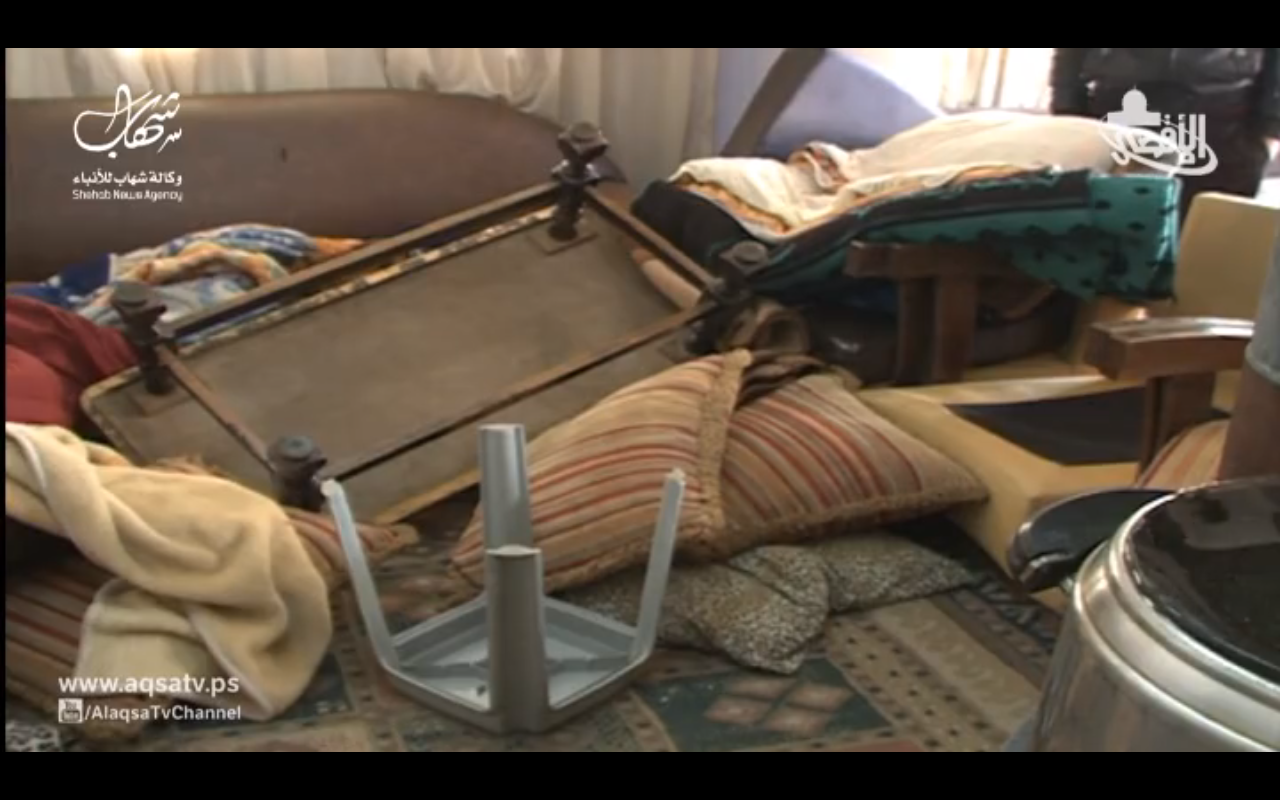Category: Hebron
-
Night raid in Beit Ummar: arrests, violence and property destruction
18th January 2015 | International Solidarity Movement, Hebron team | Beit Ummar, Occupied Palestine Early Wednesday morning, January 14, 2015, a massive deployment of 400 Israeli occupation forces invaded the village of Beit Ummar, north of Hebron. From 2:00 – 5:00 am, the occupation forces invaded approximately 100 Palestinian homes, arresting 25 males and leaving notices for 15 additional…
-

Photo Story: A checkpoint in Hebron
14th January 2015 | International Solidarity Movement, Khalil team | Hebron, Occupied Palestine Checkpoints are numerous and inescapable in the H2 area of al-Khalil (Hebron), where thousands of soldiers guard around 600 Israeli zionist settlers occupying heavily militarised settlement enclaves in the heart of the most populous Palestinian city in the West Bank. The Israeli military imposes…
-

Palestinian family’s agricultural building demolished by Israeli forces in Hebron
6th January 2015 | International Solidarity Movement, Khalil team | Hebron, Occupied Palestine On Monday morning in al-Khalil (Hebron), Israeli forces destroyed the building the Jaabari family used to house their farm animals. They appeared at 9:00 AM, armed with a bulldozer which tore up the ground and reduced the sturdy structure, used to house seventy sheep and thirty calves,…

